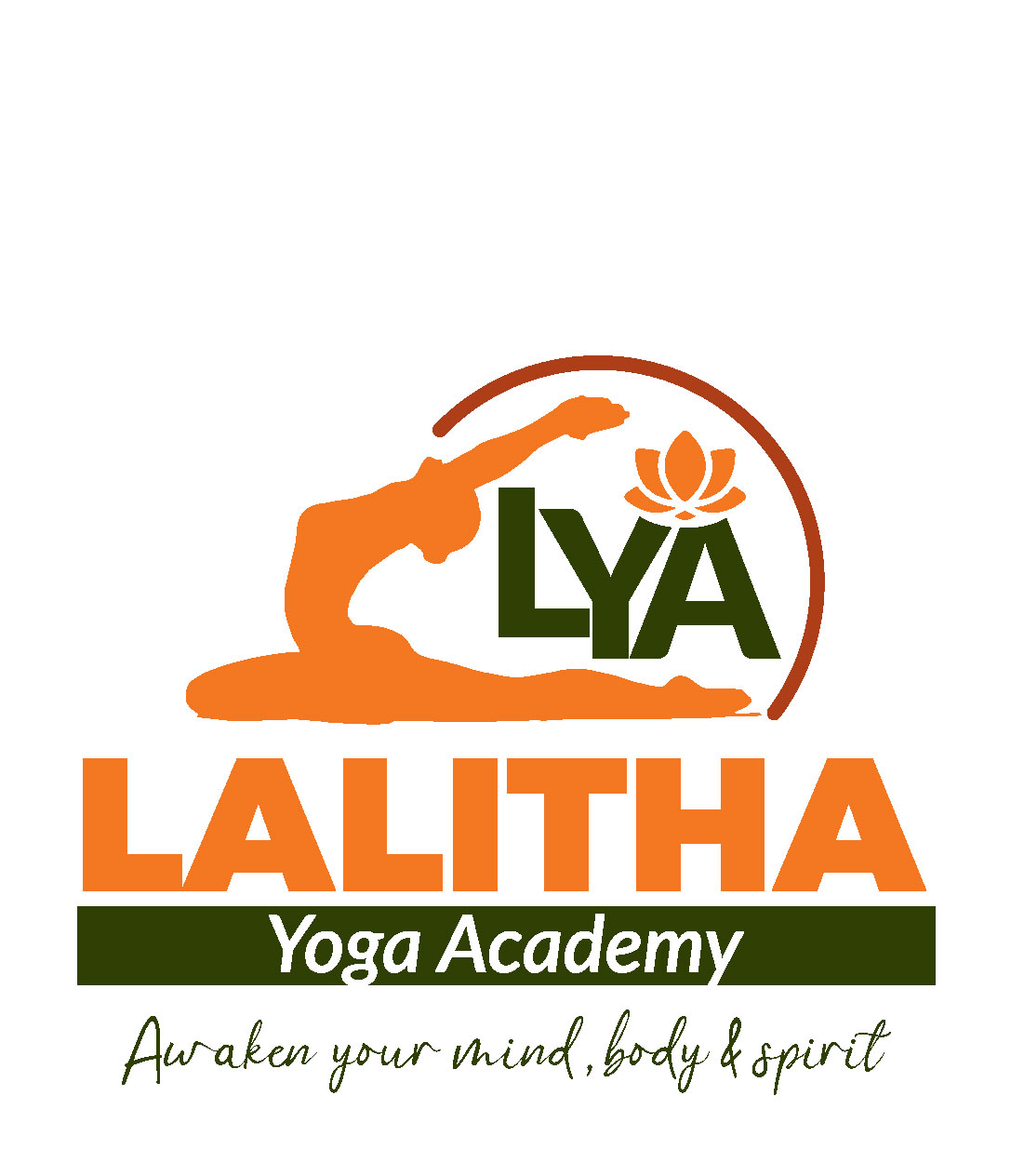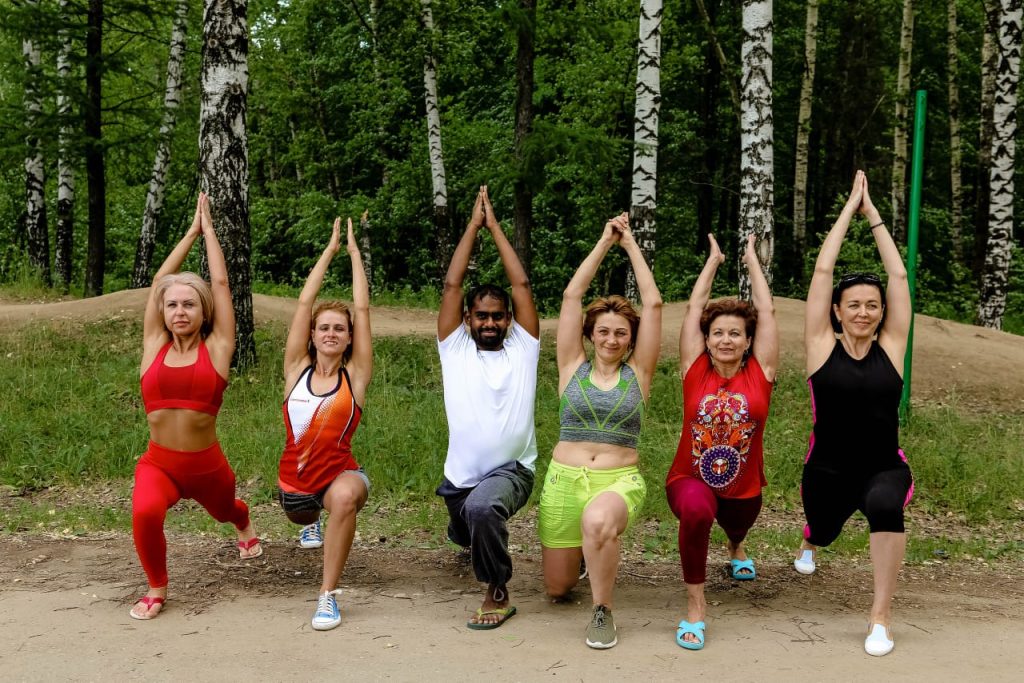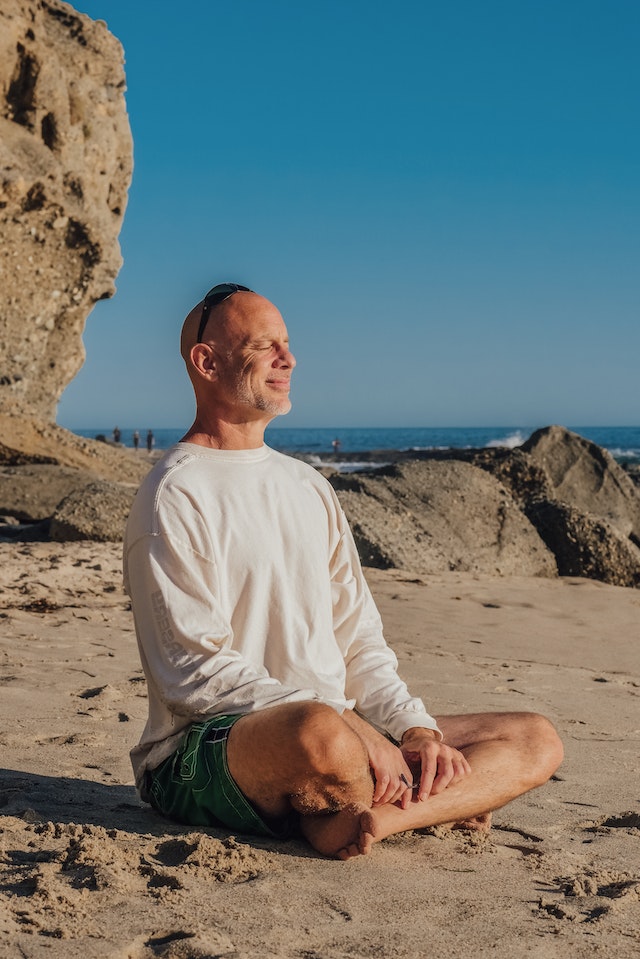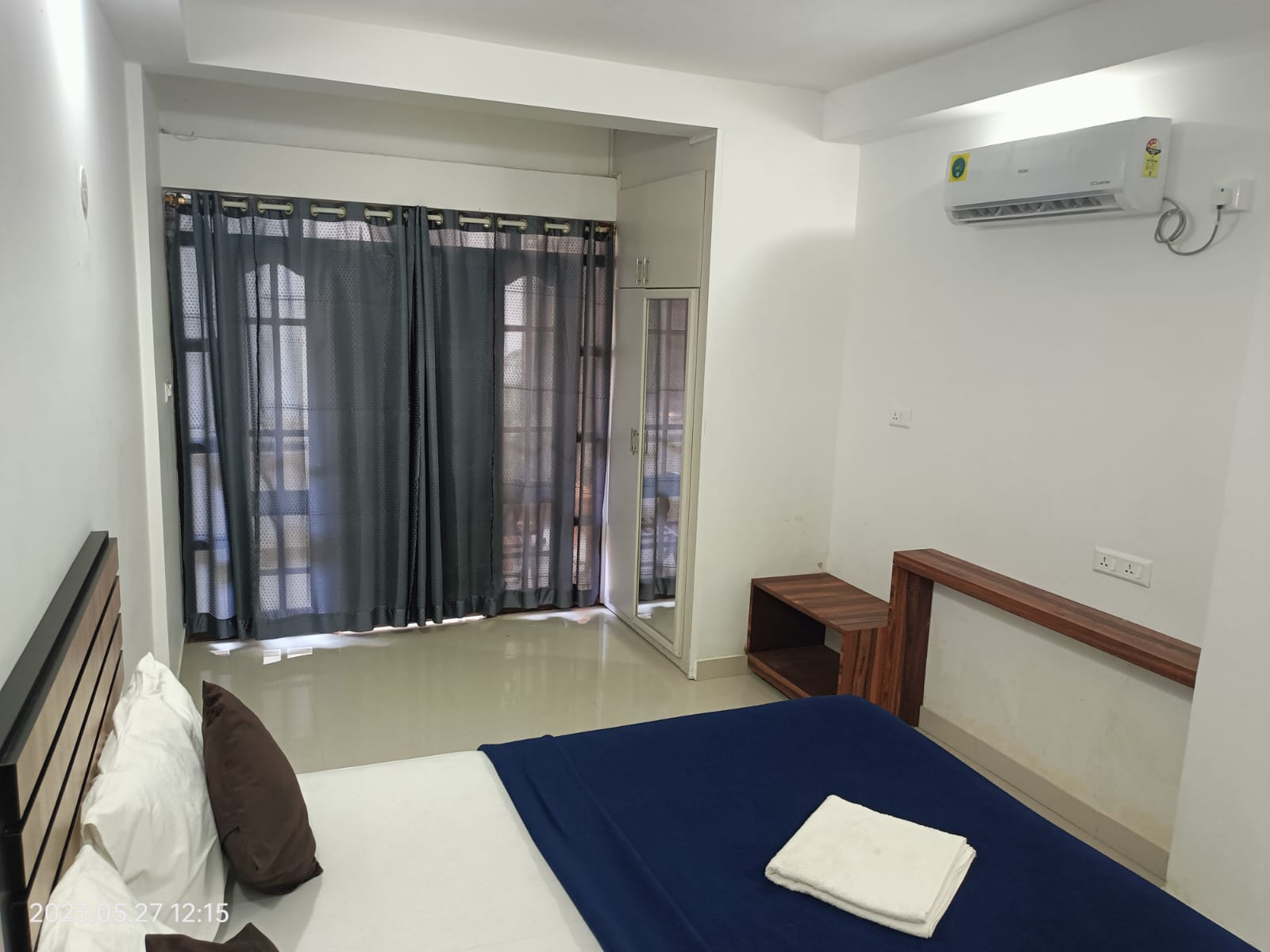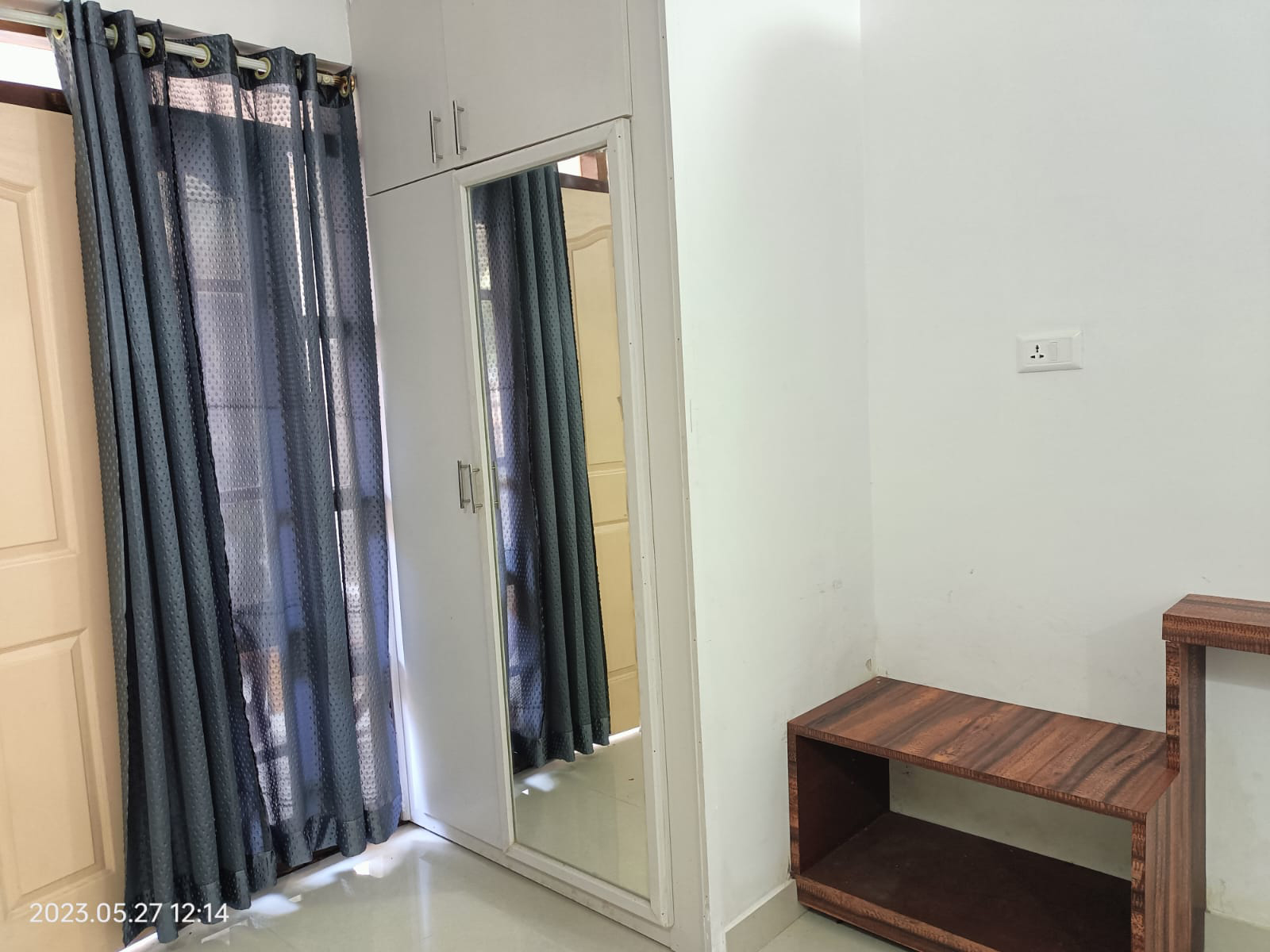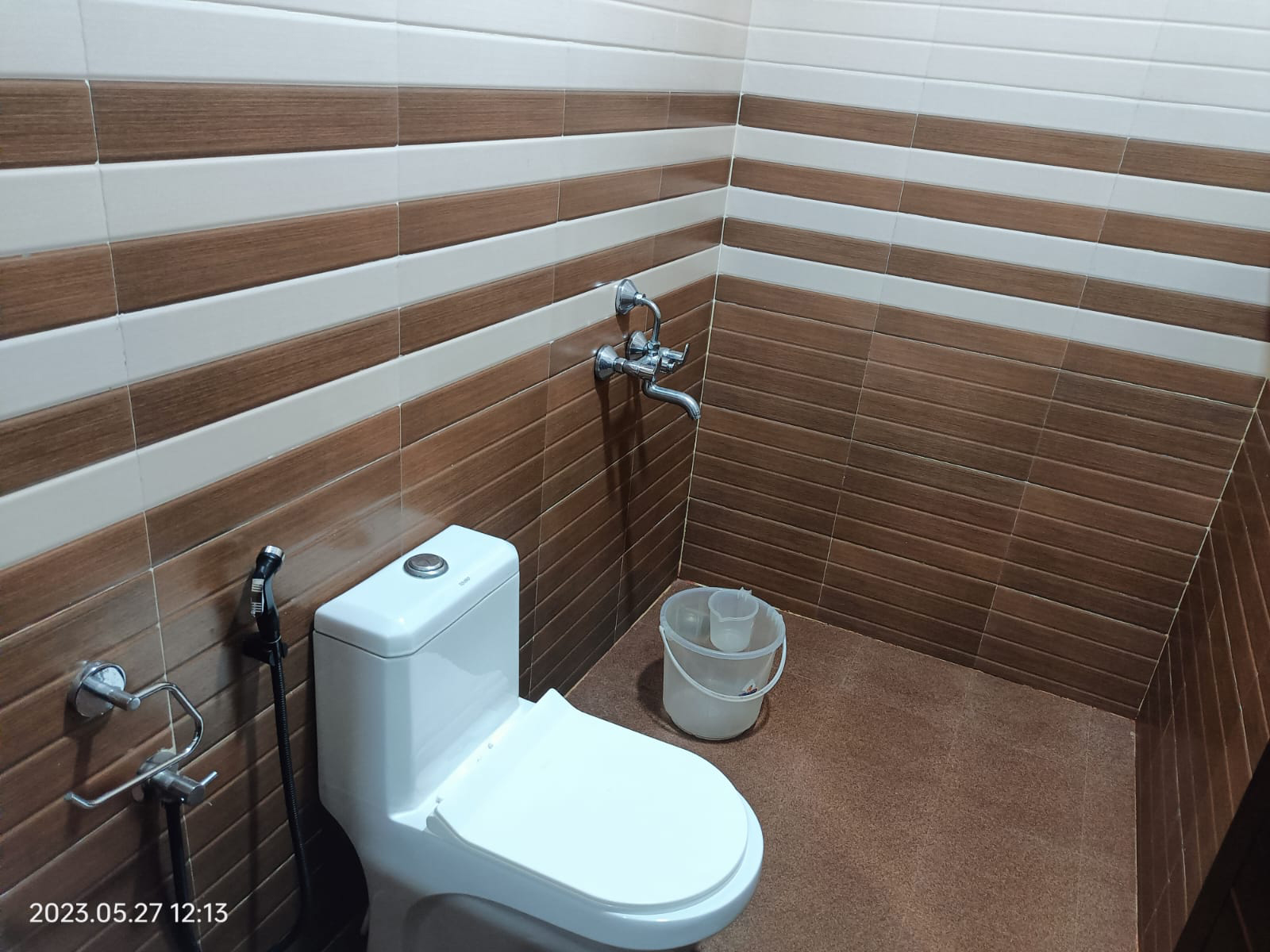Lalith Yoga Academy
Welcome to Our Yoga Retreat in Varkala
Lalitha Yoga panchakarma in Varkala, India
What is PanchakarmaTherapy
Panchakarma is a therapeutic regimen aimed at purifying and revitalizing the body, mind and consciousness. Based on the principles of Ayurveda, it recognizes the individuality of each person as an expression of the basic elements ether, air, fire, water and earth.
The interaction of these five elements gives rise to the three doshas known as Vata, Pitta, and Kapha. The equilibrium of these doshas varies uniquely from person to person. When this balance of doshas is disrupted, it can lead to health imbalances and diseases.
Panchakarma is tailored individually for each person, taking into account their specific constitution and health issues. Therefore, it necessitates careful monitoring and oversight. The treatment commences with preliminary purification methods like Snehan (Use of Oils) and Svedana (sweating), followed by the application of cleansing techniques known as Shodanas.
REGSITER NOW
